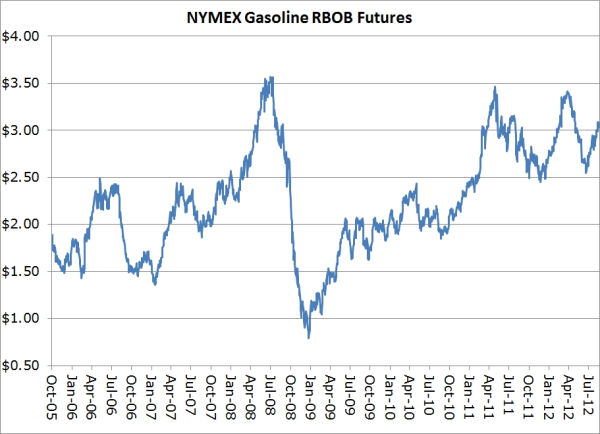A Beginners Guide To Hedging
Post on: 3 Апрель, 2015 No Comment

Alan Oscroft
So what’s hedging then, other than something to do with shrubberies?
If you want to go on holiday, but you’re wary of the risks of catching nasty diseases or suffering horrible injuries while away, you’ll take out holiday insurance — which provides a hedge against your travel risks.
Similarly, in the investing world, hedging is a way to offset a risky investment by providing some kind of insurance to cover what you see as the risks.
Suppose you have your eye on a small mining company, and you think it is better than its competitors and has better prospects, etc, and you want to buy some shares. But you know that mineral prices are volatile, and if prices fall then all the companies in the whole sector will drop, the good along with the bad. What you want to do is put your money on your favoured company relative to the rest, but not gamble on the price of the stuff they dig up.
It’s an insurance bet
One possible solution would be to buy some shares in the company, and at the same time take out a short position on the price of minerals — commodity pricing is something you can take out a spread bet to cover, for example.
If mineral prices do then fall, and the company shares fall in line, you’ll lose out on the share price but your spread bet will come good, compensating you for that risk. And if mineral prices rise, you’ll lose your spread bet but will gain from the boost to the share price.
If you get the balance right, you can hopefully come close to removing mineral prices from the equation, so whichever way it goes it makes little difference to your overall position — and your net profit (or loss) will depend on the strength of the company relative to its peers.
Of course, there’s a price to pay, and that comes in the costs of the hedge itself — in this example, it’s the spread on your spread bet. So the hedge actually lowers your potential maximum profit at the same time as reducing your potential losses.
Use options
Another way to achieve a similar protection against the risks of a share price going against you is to use options — you could marry up your investment in the shares with buying a put option on the same shares, for example.
You think the price is going to go up, and if it does then you’ll be fine. But if it should fall below the strike price on your put option, you can exercise it and sell them at a price that’s better than the market, thus reducing your loss.
This hedging comes at a cost again, and that’s the cost of the options. If all goes according to plan, the share price will rise and your put options will expire worthless — exactly the same as buying that holiday insurance but not claiming on it because you didn’t fall off a camel.
Looking to buy and sell shares online?
If you’re looking to trade shares online — then look no further than The Motley Fool’s
very own Share Dealing Service. Our execution only service lets you trade
UK shares for just £10. or international shares for just £17.50 .
Free transfer from your current broker* — No annual fees — Free investor support tools
Click here to find out more or to open an account
The value of your investments and the income from them can go down as well as up. You may not get back the full amount you have invested. Foreign currency conversions are required to facilitate the settlement of international transactions and include a spread, which can vary from time to time, applied to the available exchange rate. *Your current broker may charge you for leaving their service. Please contact them directly for details of any exit fees.
It’s everywhere
Companies engage in hedging all the time, especially if their business depends on raw materials whose price fluctuates. They’ll do it by buying futures contracts on those materials.
A brewer, for example, won’t go out every day and buy fresh barley at the market price, because that regularly fluctuates and it would make pricing the beer rather tricky — you can’t change the price every day because barley prices are going up and down, and by keeping beer prices stable the brewer is taking a risk that short-term fluctuations in prices might actually be part of a long term rise.
So the brewer will hedge that risk by buying barley futures, giving the right to buy barley at future dates at predetermined prices. There will be a cost to the futures contract, of course, and again that’s insurance cost of offsetting the risk.
What about hedge funds?
So what hedging do hedge funds do? Well, these days, little, if any. The name is historical, and it comes from a time when such funds used strategies aimed at reducing risk — and they really did hedge their investments.
But today the term is used to refer to just about any fund aimed at wealthy investors and which uses complicated strategies, including all manner of derivatives, to try to maximize returns. And they often come with higher risk, the exact opposite of the purpose of hedging.
Is hedging something for private investors to engage in? For shorter term traders, it can be a valuable tool.
But for those who invest for the long term, looking for shares to buy and hold for years, no — long term investing, ignoring the short term ups and downs, is its own hedge.
But it’s good to know what hedging is and how companies use it, because it helps us to better understand our investments.
More in this series:














